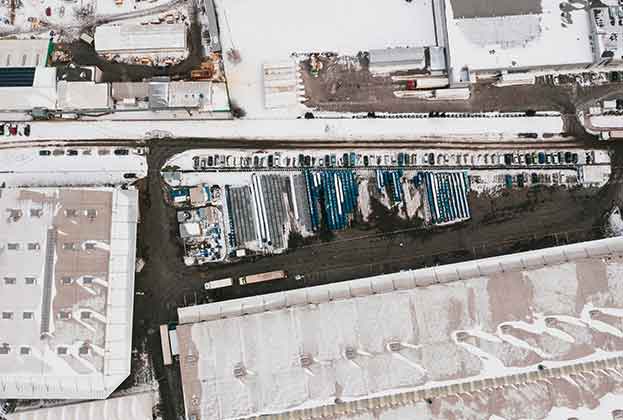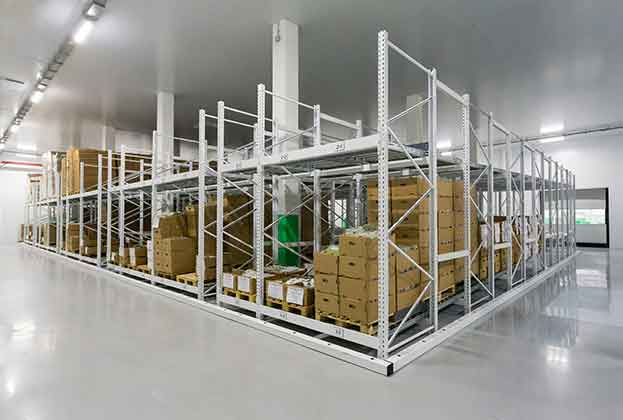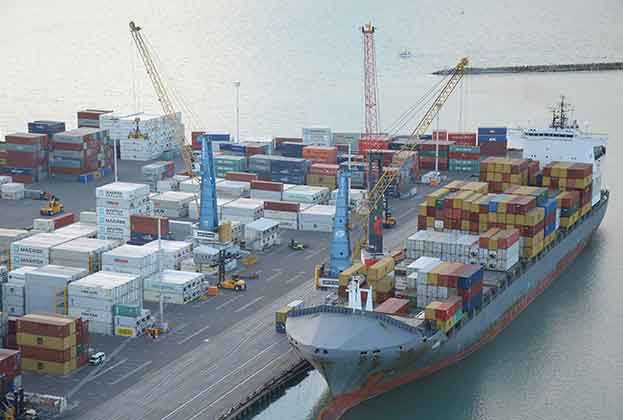As e-commerce continues to influence demand for real estate in many developed countries, do we need to start to think about the industrial property market as being more about the land, rather than the property built on it?
The global production of the latest fashion trends – shown on social media, then displayed in stores or delivered to wherever we happen to be the next day – has changed our perception of what makes a great retail experience. Behind this seemingly simple front end lies a complex, just-in-time manufacturing supply chain and massive amounts of warehouse space as retailers seek to store inventory close to urban areas to increasingly enable orders to be fulfilled not within hours, but minutes.
This has ensured that logistics real estate sits at the beating heart of modern life. Huge capital expenditure in automation and robotics – Amazon now uses 45,000 robots in its distribution centres, while Ocado is using humanoid maintenance assistants in its warehouses to predict technicians’ needs and hand them tools – has also resulted in an exponential amount of warehouse space being taken by occupiers.
In the UK alone, take-up of industrial and logistics space by online retailers grew by 731 per cent between 2008 and 2017. Between 2008 and 2009 just 1.47 million sq ft (136,567 sq m) of warehouse space was taken by online retailers, compared with 12.23 million sq ft (1.136 million sq m) between 2016 and November 2017.
This has contributed to a massive increase in investor interest and the acceptance of logistics as an established global asset class – in fact, in many markets, investors are favouring it over traditional asset classes, such as prime office buildings.
Given the technology required to make the supply chain seamless, many occupiers in the industrial sector are now investing more money in the fit-out of their warehouses rather than in the fabric of the buildings themselves. Is it possible therefore that the accepted norms of the landlord and tenant relationship are on the cusp of changing? Are we about to see the evolution of rents calculated in the volume of a space rather than floor area?
It’s certainly not beyond the bounds of possibility: increasingly every square inch of a warehouse is being used as racking automation means occupiers can utilise their big boxes more efficiently. Perhaps landlords who are one step ahead will even offer to lease industrial occupiers land, on which the tenant can choose to do what they please, rather than the latter being forced to operate within the confines of a pre-existing building (although this obviously wouldn’t apply to the build-to-suit market).
The industrial market has moved fast to keep up with the ever changing face of retail. As that market continues to evolve, further change is inevitable as occupiers embrace technology and systems that would have been unimaginable even 20 years ago. Industrial landlords therefore need to keep an open mind to what their tenants may start seeking out in the not too distant future.
Further information
Read more: Impacts: The Future of Global Real Estate
.jpg)

.jpg)





.jpg)

.jpg)